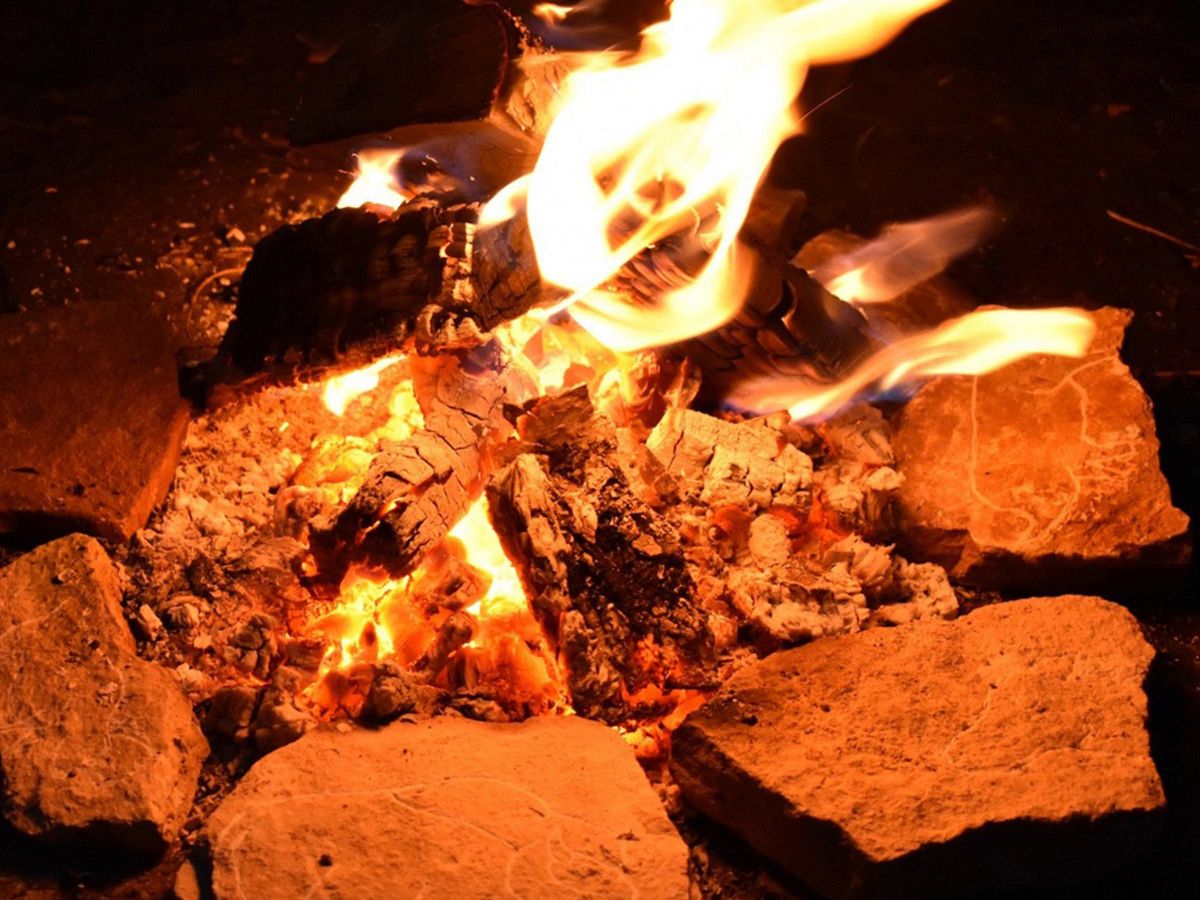A research team, involving PhD student Izzy Wisher from our Department of Archaeology, has analysed engravings on stones and discovered they were created by firelight by our ancestors around 15,000 years ago.

Historical markings
The research team, led by the University of York, studied 50 stones engraved with animals – known as plaquettes. The plaquettes were unearthed in the nineteenth century from the Montastruc rock-shelter in France and are now curated by the British Museum.
The plaquettes had patterns of pink discolouration from heat damage, which the researchers suggest meant that the plaquettes were deliberately placed next to a fire.
The stones were incised with artistic designs around 15,000 years ago by Magdalenian people, an early hunter-gatherer culture dating between 23,000 and 14,000 years ago.

Cognitive and social implications
Working under the flickering firelight may have activated an evolutionary capacity designed to protect us from predators called pareidolia, where the brain interprets natural shapes as meaningful things.
In the same way that we look at clouds and visualise shapes and objects, the Magdalenian people would have drawn pictures of animals on the contours of the stones and from the shadows the fire created.
This may have been part of a social fireside activity, where people gathered to tell stories and make art.
Accidental or deliberate art?
Prior to the research study, it had previously been assumed that the heat damage visible on some plaquettes was likely to have been caused by accident.
However, the researchers conducted experiments to see under what conditions similar heat traces could be replicated.
The team used 3D models and virtual reality software to recreate the environment and surroundings prehistoric artists would have created the plaquettes in. The experiments showed that the markings on the plaquettes discovered, were more consistent with being purposefully positioned close to a fire rather than an accident.
